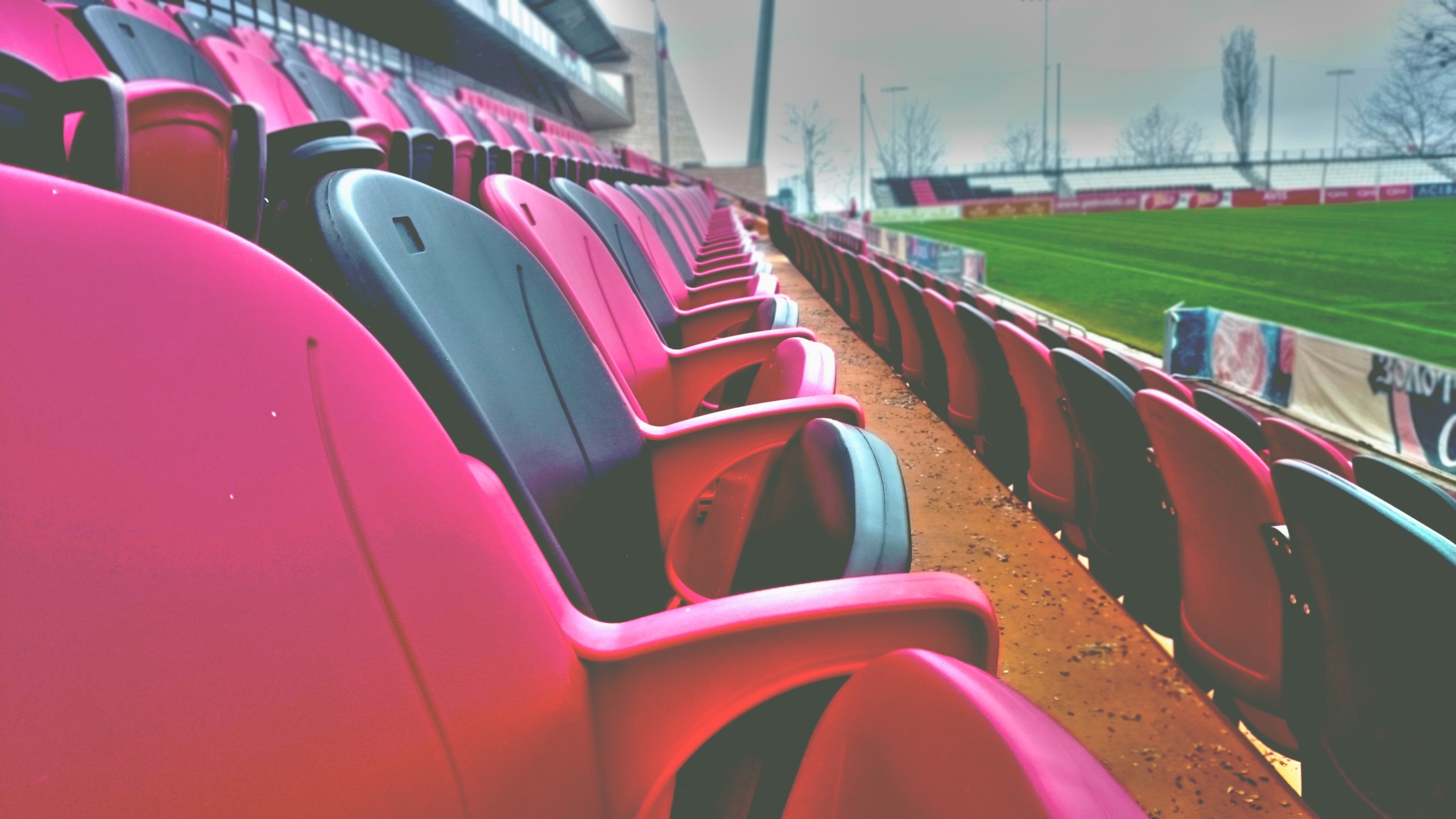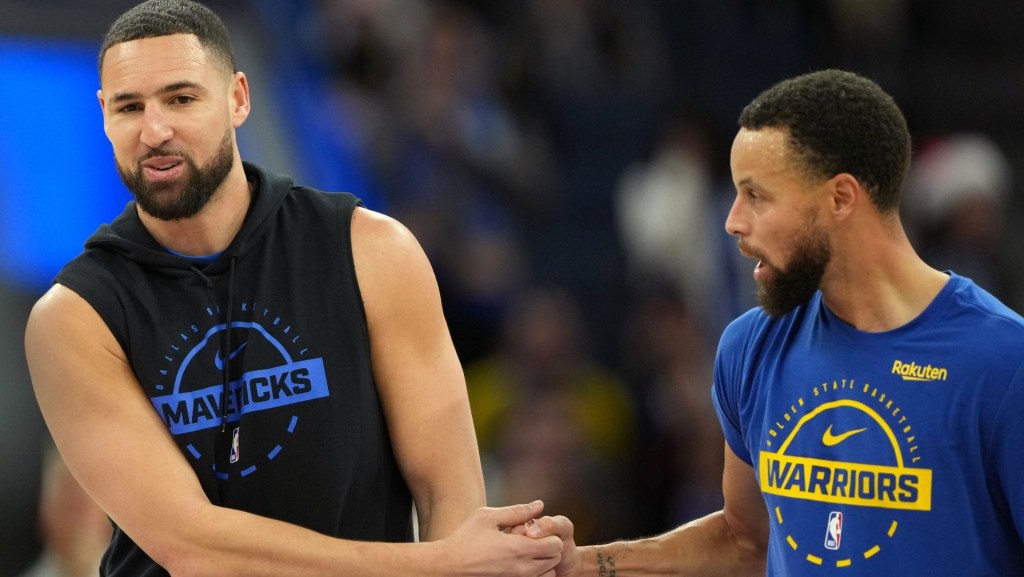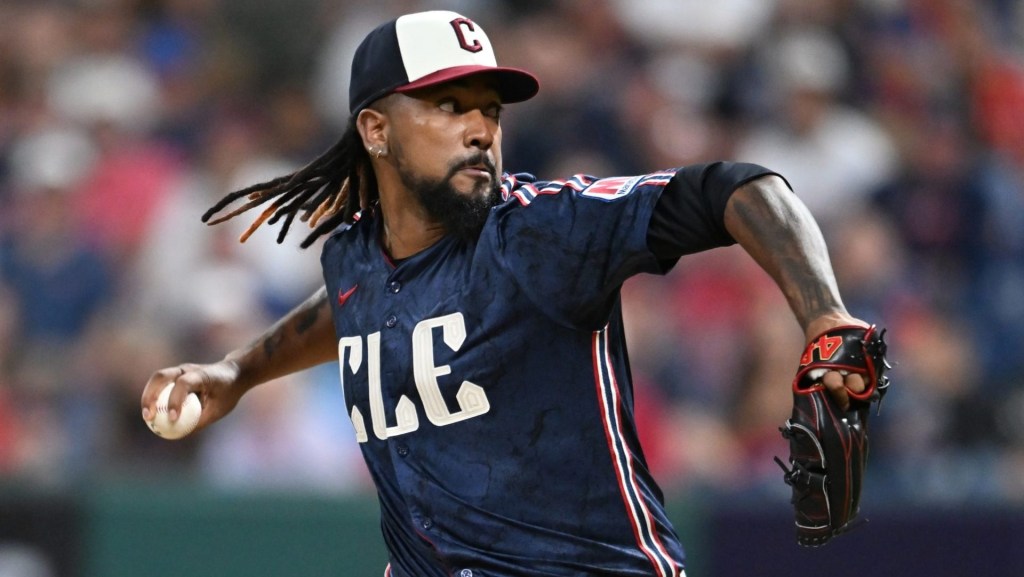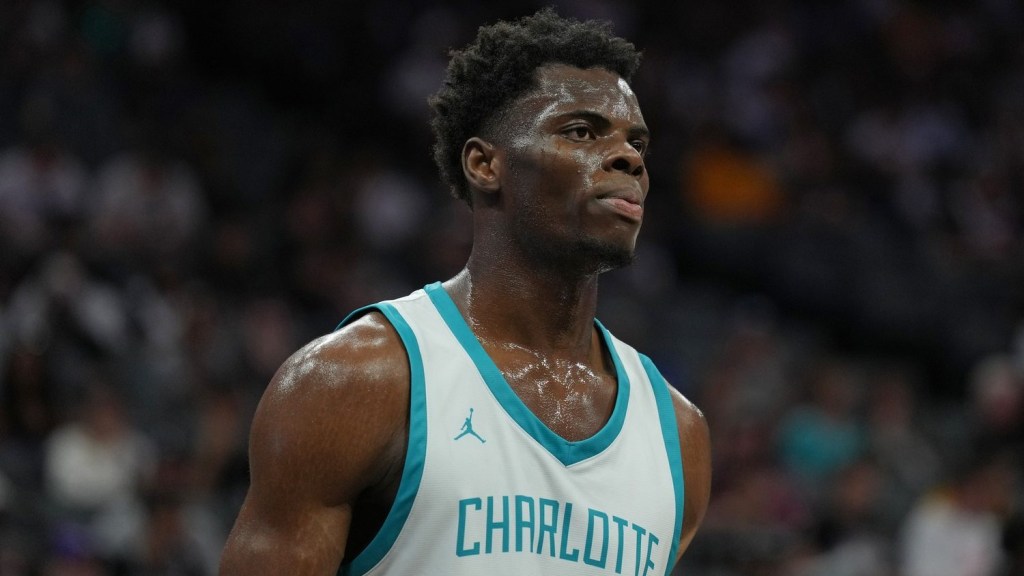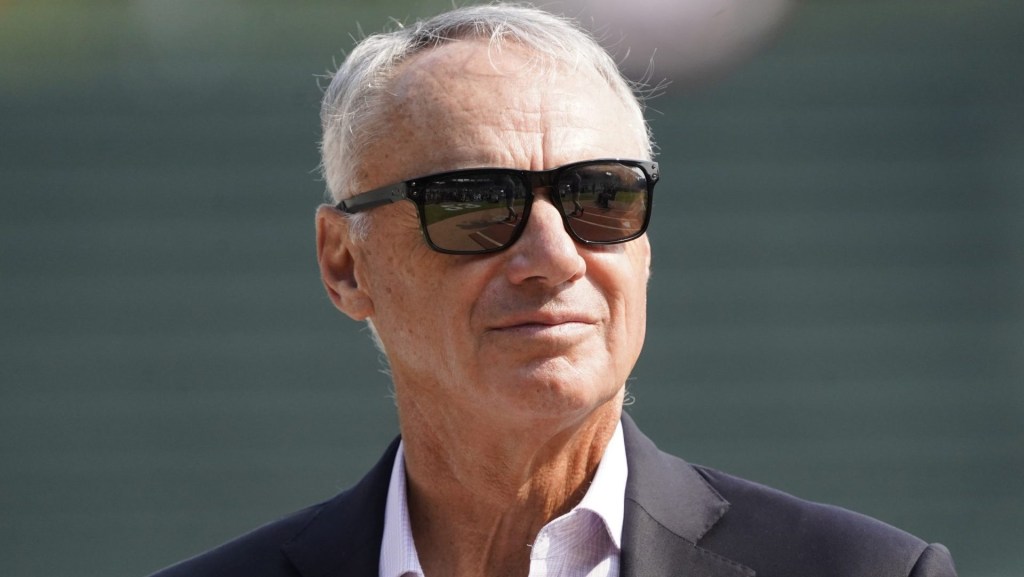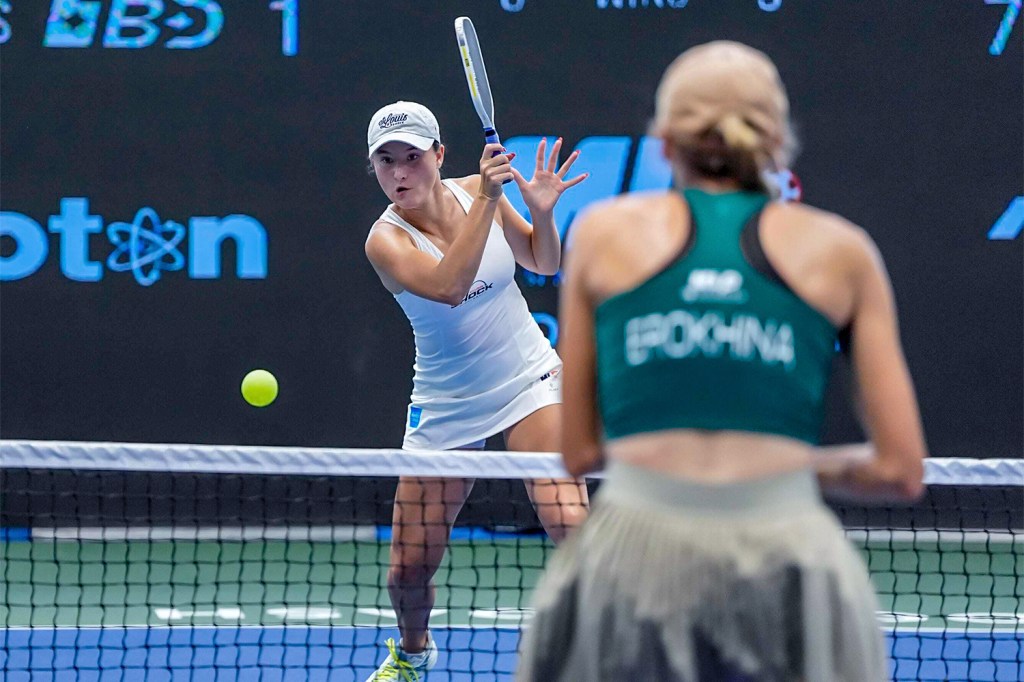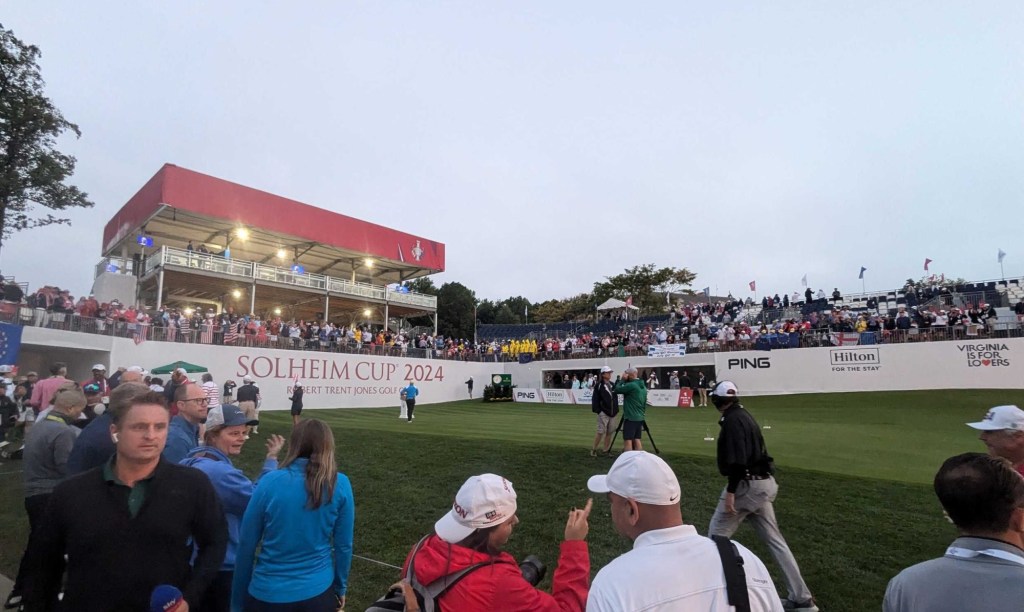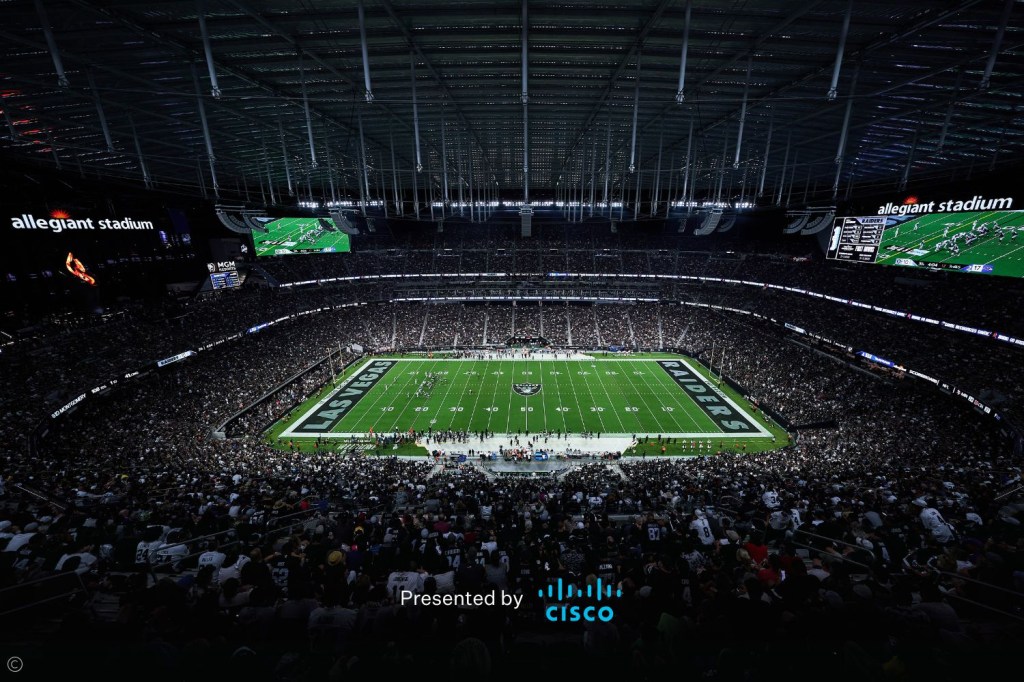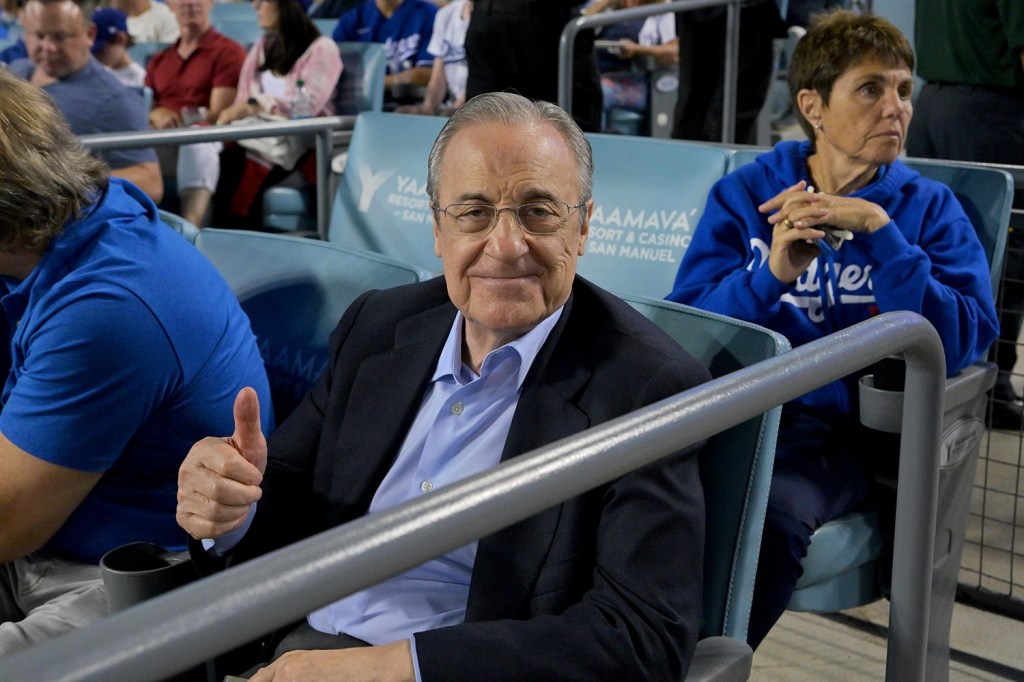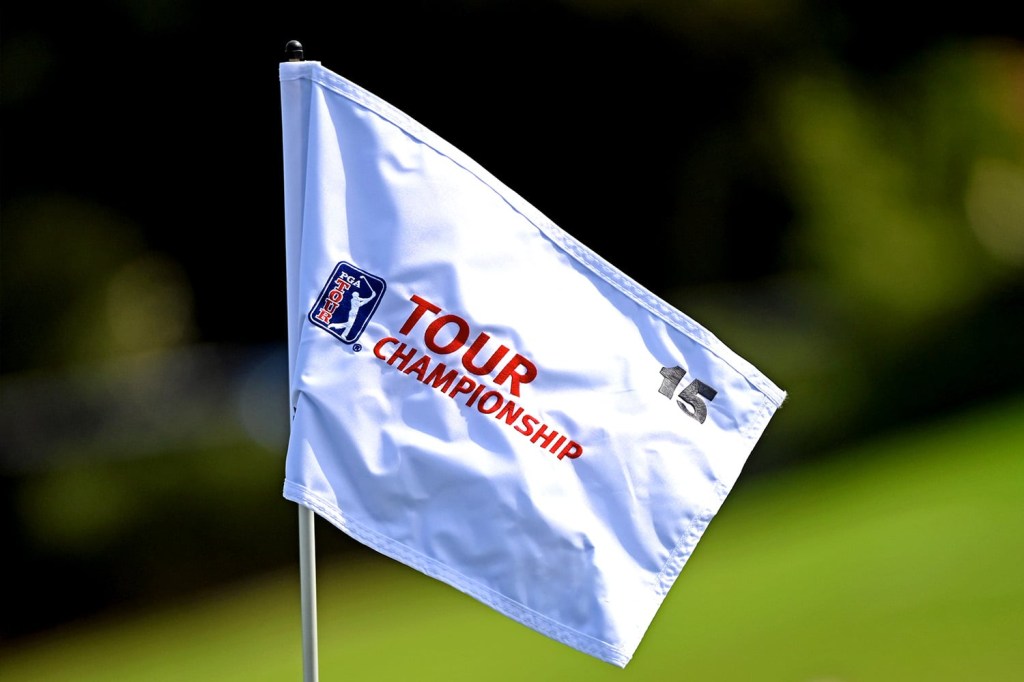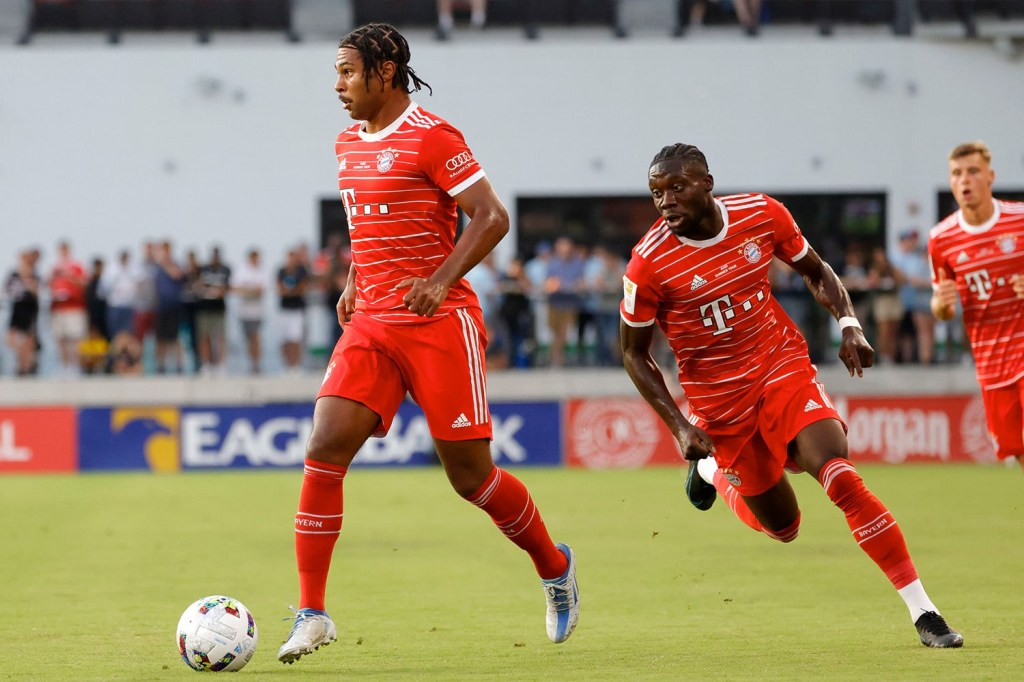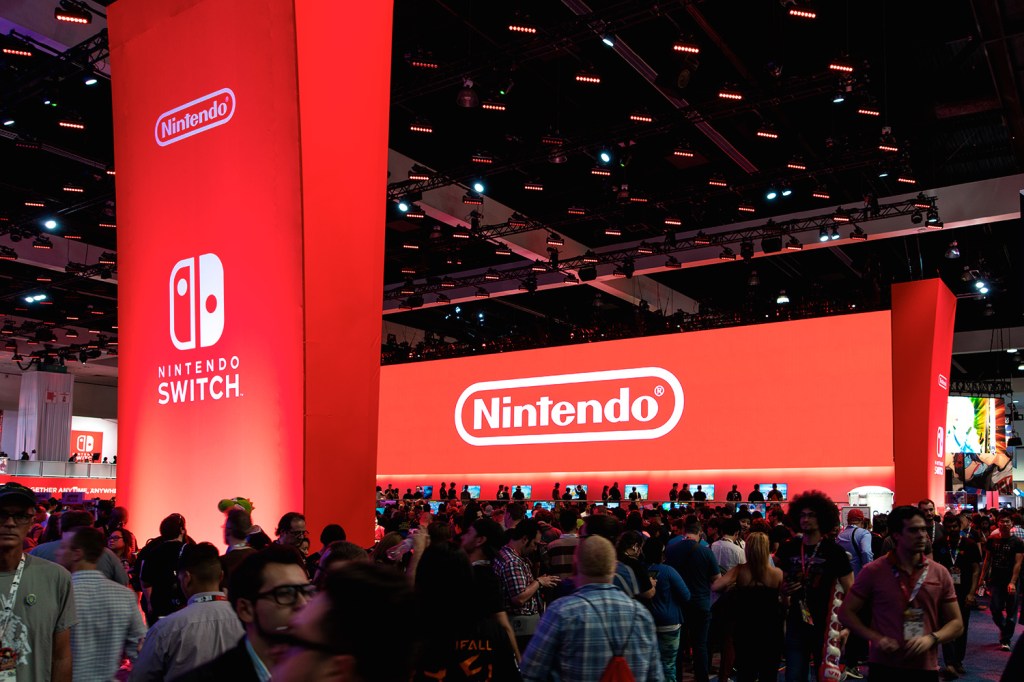Live sports are facing a ‘new normal’ as they welcome fans back into their venues. Already confronted with increasing, continuously evolving demands – driven by both fan expectations and operational/business requirements – recent events have only escalated these demands and introduced new complexities for venue environments.
In this webinar, John Brams of Extreme Networks, Roy Sommerhof of the Baltimore Ravens, and Andrew McIntyre of Vinik Sports Group join Joe Londergan of Front Office Sports for a discussion on what in-venue competencies and use cases are critical to the future of live sports, and in what ways digital transformation is accelerating to meet these needs.
Edited highlights appear below:
On core competencies that are important for live event companies/teams (9:00)
Sommerhof: “For us, just an ability to provide a safe atmosphere for our attendees. That, to me, is the overarching theme. We went through the same kind of process after 9/11, when we opened our buildings up after that event. Making sure that the public understands that it is a safe environment to go into. This is a little bit different situation., but it is still a situation where we are going to have to gain that public trust.”
On how Extreme Networks can help teams meet the challenges that they are facing (15:50)
Brams: “We’re mostly known for high density wifi. We have a specialization around that practice. In the U.S. alone, we have over 45 venues that use our solution end to end. That’s something that we’ve built our business around. We have very specific go-to-market solutions, we even have form factors that are designed 100% to be put into an environment like these, the large public venues. So if you’re doing a full implementation and it’s a full stadium or arena, we have products that are very much designed for that space. … The other area that we’re really known for is the analytics side, which is about telling what users are doing in your environment.”
On importance of also engaging fans at home (29:45)
McIntyre: “I think that second screen piece is going to be huge. If people are unwilling, or they don’t feel safe, or they’re going to wait a little bit longer to come back to the venues, it’s bringing that experience to them in a different way and I think that falls on the second screen. Whether that’s gamification or whether that’s something that can be done on the gambling side of the house, if your state is moving in that direction. I think something that we’re starting to see, and we’ve been doing this now with [classic games] is a watch party concept where you have multiple people watching the game, or a replay of a game, and then getting some really unique insights from individuals.”
On safely hosting fans within an NFL venue (32:15)
Sommerhof: “We’re looking at a number of different scenarios. We’re looking at a scenario without fans, we’re looking at a scenario with limited fans, and within ‘limited fans,’ there’s about three different levels of capacity within that group. … On the seating bowl side and the guest side, how do you do a seating bowl manifest to deal with social distancing? So we’ve enlisted the help of Ticketmaster to help us through that process. We have three different scenarios where we could do that. I don’t personally think the seating bowl is the hardest thing about this. I think the hardest thing is the social spaces on the concourse.”
